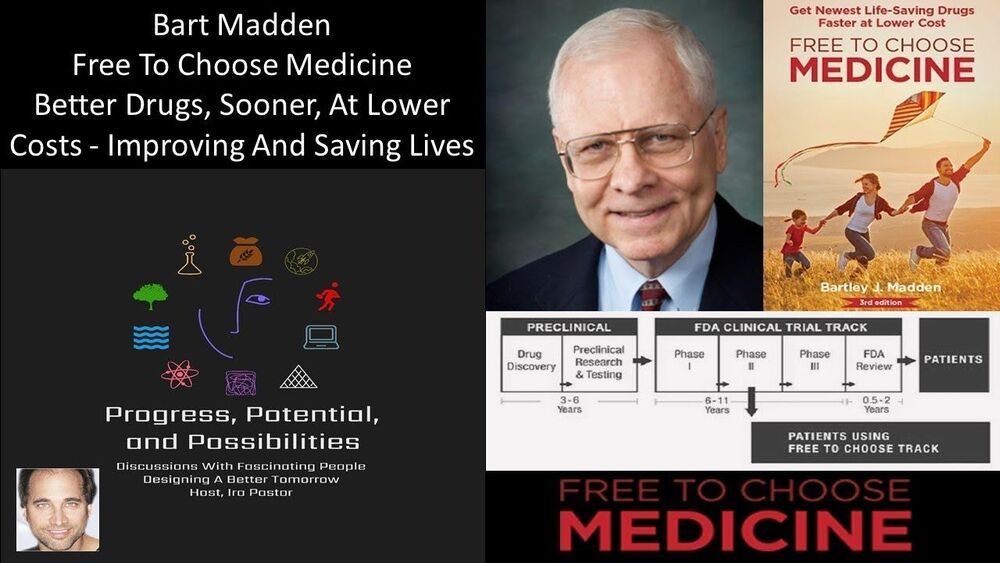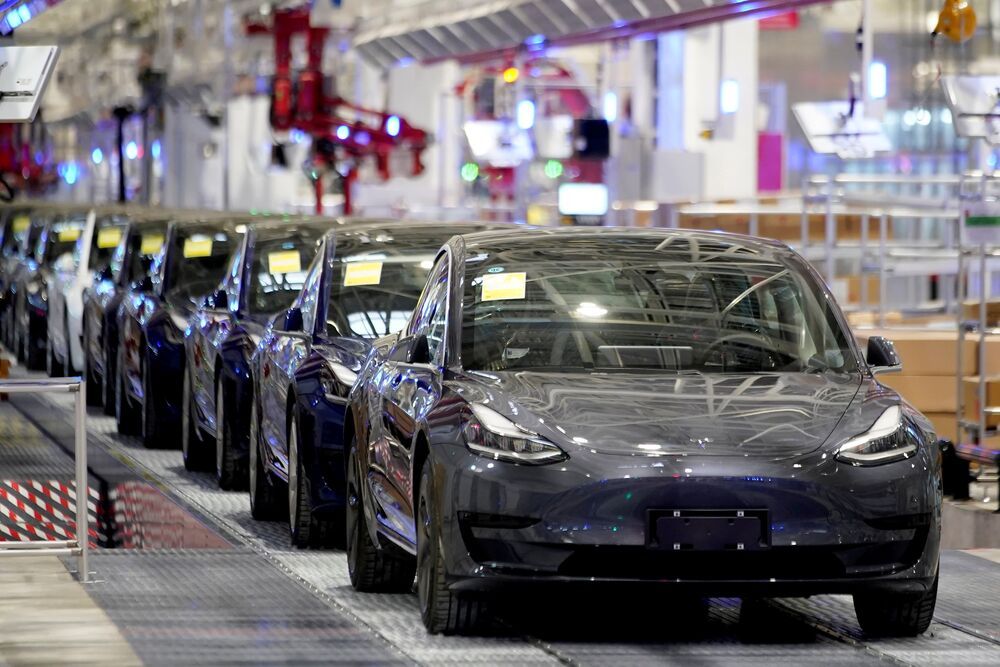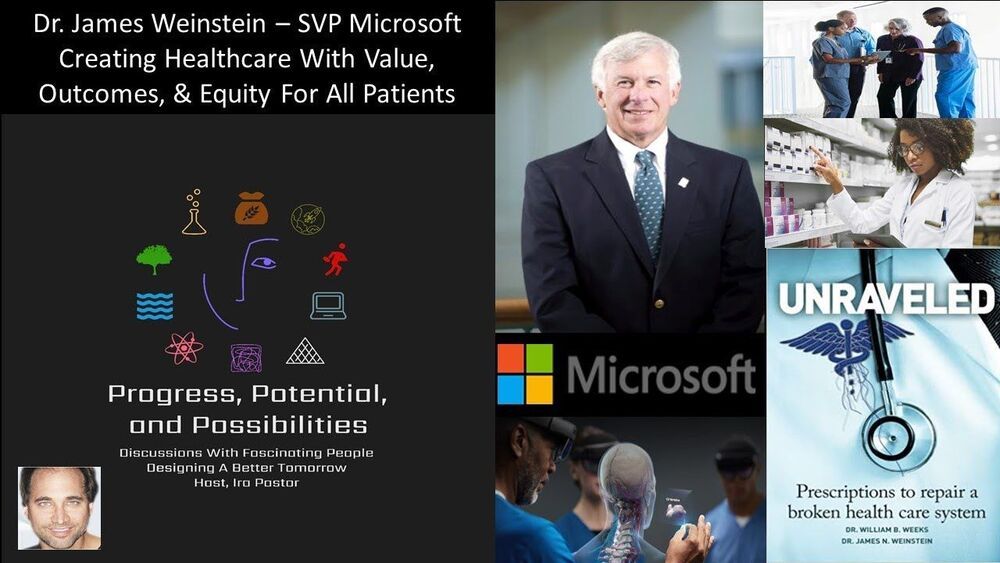https://www.youtube.com/watch?v=5Hg1UWKJtbo
D. MBA) MalaysiaPresident, World Talent Economy Forum (WTEF)
Topic: Space policy.
Moderator-Sharif Uddin Ahmed Rana (Ph. D. MBA) Malaysia.
President, World Talent Economy Forum (WTEF)
https://www.youtube.com/watch?v=5Hg1UWKJtbo
D. MBA) MalaysiaPresident, World Talent Economy Forum (WTEF)
Topic: Space policy.
Moderator-Sharif Uddin Ahmed Rana (Ph. D. MBA) Malaysia.
President, World Talent Economy Forum (WTEF)

Is the author of the book Free To Choose Medicine: Better Drugs Sooner at Lower Cost; a book that offers a compelling argument for the freedom of every patient, guided by the advice of his or her doctor, to make informed decisions about the use of not-yet-FDA-approved therapeutic drugs, that are in late stages of clinical testing.
Mr. Madden is recently retired as a Managing Director of Credit Suisse/Holt after a career in money management and investment research that included the founding of Callard Madden & Associates. During his career, he developed the cash-flow return on investment (CFROI) valuation framework that is widely used today by money management firms worldwide.
Mr. Madden is currently an independent researcher and a Senior Fellow at the National Center for Policy Analysis (NCPA). His research has focused on the themes of knowledge building and wealth creation being able to exist simultaneously in businesses, and these themes are represented in his various books including — Value Creation Principles: The Pragmatic Theory of the Firm Begins with Purpose and Ends with Sustainable Capitalism, Wealth Creation: A Systems Mindset for Building and Investing in Businesses for the Long Term, and Reconstructing Your Worldview: The Four Core Beliefs You Need to Solve Complex Business Problems.
Mr. Madden is a proponent of the application of systems thinking to public policy, and his work in public policy has resulted in the Free To Choose Medicine (http://freetochoosemedicine.com/) plan, which was originally developed in journal articles published in Regulation, Cancer Biotherapy & Radiopharmaceuticals, and Medical Hypotheses.
Mr. Madden is passionate about the passage of a Free To Choose Medicine Act which would be a defining moment for Americans giving control of medical decisions back to individual patients and their doctors.

COSPAR’s Planetary Protection Policy ensures scientific investigations related to the origin and distribution of life are not compromised.
Protecting the Earth from alien life sounds like the latest plot for a blockbuster thriller set in outer space. Whether it’s an invasion or a mysterious alien illness, the extraterrestrial threat to our planet has been well-explored in science fiction. But protecting the Earth from extraterrestrial contamination is not just a concept for our entertainment; as we explore further across our solar system and begin to land on our neighbouring planetary bodies, ensuring that we don’t bring potentially dangerous material home to Earth or indeed carry anything from Earth that may contaminate another planet is a responsibility we must take seriously.
So, who is responsible for ensuring that our space exploration is completed safely? Many nations around the world have their own space agencies, such as NASA and the European Space Agency, who run many different types of missions to explore space. States are responsible for their space activities under the Outer Space Treaty of 1967, including governmental and non-governmental actors. The Outer Space Treaty, among several provisions, regulates in its Article IX against harmful contamination. One of the core activities of the Committee on Space Research (COSPAR) is to develop, maintain, and promote a Policy on Planetary Protection, as the only international reference standard for spacefaring nations and in guiding compliance with Article IX of the Outer Space Treaty.
As we explore further across our solar system, ensuring we don’t bring potentially dangerous material home or indeed carry anything from Earth that may contaminate another planet and compromise scientific investigations is a responsibility we must take seriously.
COSPAR and its role COSPAR is part of the International Science Council, a non-governmental organisation that brings together many different scientific unions and research councils from all over the world. COSPAR was formed to promote international scientific research in space and provide a forum for the discussion of challenges to scientific exploration. COSPAR has a panel that regularly reviews the most up-to-date scientific research and advises COSPAR on new adaptations to planetary protection, for which policy updates and implementation guidelines are required.

There they go again. Just a few months ago the US Department of Energy tapped a startup called Group14 Technologies for a multi-million dollar R&D grant to usher in a new generation of high performance EV batteries, and now here comes Group14 with another $17 million in series B funding spearheaded by the South Korean battery expert SK Materials. If you guessed that means scaling up production for the mass market, you’re right on the money. The bigger question is why the Energy Department is determined to support the US electric vehicle industry, considering that White House policy has been aimed at supporting the US oil industry. Any guesses?

It seems competition is increasing.
BEIJING – In a future driven by electric vehicles, China is poised to dominate if the U.S. does not transform its automobile industry in coming years.
While California-based Tesla captured popular attention for electric cars, national policy in Beijing encouraged the launch of several rivals in China, the world’s largest auto market. Already, sales of electric cars and other new energy vehicles hit a record in September in China. Even Tesla launched a factory there last year, and is planning to sell made-in-China cars to Europe.
Powering it all are electric batteries – of which two Chinese companies, Contemporary Amperex Technology (CATL) and BYD, account for about a third of the global market, according to UBS. All six of the major battery manufacturers identified by UBS are Asian.

It seems some countries are now switching to drone swarms.
From Syria to Libya to Nagorno-Karabakh, this new method of military offense has been brutally effective. We are witnessing a revolution in the history of warfare, one that is causing panic, particularly in Europe.
In an analysis written for the European Council on Foreign Relations, Gustav Gressel, a senior policy fellow, argues that the extensive (and successful) use of military drones by Azerbaijan in its recent conflict with Armenia over Nagorno-Karabakh holds “distinct lessons for how well Europe can defend itself.”
Gressel warns that Europe would be doing itself a disservice if it simply dismissed the Nagorno-Karabakh fighting as “a minor war between poor countries.” In this, Gressel is correct – the military defeat inflicted on Armenia by Azerbaijan was not a fluke, but rather a manifestation of the perfection of the art of drone warfare by Baku’s major ally in the fighting, Turkey. Gressel’s conclusion – that “most of the [European Union’s] armies… would do as miserably as the Armenian Army” when faced by such a threat – is spot on.

Popular media and policy-oriented discussions on the incorporation of artificial intelligence (AI) into nuclear weapons systems frequently focus on matters of launch authority—that is, whether AI, especially machine learning (ML) capabilities, should be incorporated into the decision to use nuclear weapons and thereby reduce the role of human control in the decisionmaking process. This is a future we should avoid. Yet while the extreme case of automating nuclear weapons use is high stakes, and thus existential to get right, there are many other areas of potential AI adoption into the nuclear enterprise that require assessment. Moreover, as the conventional military moves rapidly to adopt AI tools in a host of mission areas, the overlapping consequences for the nuclear mission space, including in nuclear command, control, and communications (NC3), may be underappreciated.
AI may be used in ways that do not directly involve or are not immediately recognizable to senior decisionmakers. These areas of AI application are far left of an operational decision or decision to launch and include four priority sectors: security and defense; intelligence activities and indications and warning; modeling and simulation, optimization, and data analytics; and logistics and maintenance. Given the rapid pace of development, even if algorithms are not used to launch nuclear weapons, ML could shape the design of the next-generation ballistic missile or be embedded in the underlying logistics infrastructure. ML vision models may undergird the intelligence process that detects the movement of adversary mobile missile launchers and optimize the tipping and queuing of overhead surveillance assets, even as a human decisionmaker remains firmly in the loop in any ultimate decisions about nuclear use. Understanding and navigating these developments in the context of nuclear deterrence and the understanding of escalation risks will require the analytical attention of the nuclear community and likely the adoption of risk management approaches, especially where the exclusion of AI is not reasonable or feasible.

BOEM is responsible for offshore renewable energy development in Federal waters. The program began in 2009, when the Department of the Interior (DOI) announced the final regulations for the Outer Continental Shelf (OCS) Renewable Energy Program, which was authorized by the Energy Policy Act of 2005 (EPAct). These regulations provide a framework for all of the activities needed to support production and transmission of energy from sources other than oil and natural gas. BOEM anticipates future development on the OCS from these general sources:
Offshore Wind Energy
Offshore wind is an abundant, domestic energy resource that is located close to major coastal load centers. It provides an efficient alternative to long-distance transmission or development of electricity generation in these land-constrained regions.

Microsoft Health-Tech Vision
Dr. James Weinstein, is Senior Vice President, Microsoft Healthcare, where he is in charge of leading strategy, innovation and health equity functions.
Prior to Microsoft, Dr. Weinstein was president and CEO of Dartmouth-Hitchcock Health, a $2.0 billion academic medical center in Northern New England, where he led the organization to adopt a population health model, including the transition from fee-for-service toward global payments.
Prior to becoming CEO, Dr. Weinstein served as president of Dartmouth-Hitchcock Clinic and was director of The Dartmouth Institute for Health Policy and Clinical Practice (TDI), home of the Dartmouth Atlas of Health Care, which for decades has documented the ongoing variations in health care delivery across the United States.
Dr. Weinstein is a founding member and the inaugural executive director of the National High Value Healthcare Collaborative, along with Mayo Clinic, Intermountain Healthcare, The Dartmouth Institute, and Denver Health. The Collaborative is a partnership of health systems that has taken on the challenge of improving the quality of care while lowering costs on a national scale.
Dr. Weinstein is a member of the National Academies of Sciences, Engineering, and Medicine and held the Peggy Y. Thomson Chair in the Evaluative Clinical Sciences at the Geisel School of Medicine while at Dartmouth; he’s a Senior Fellow, for the Healthcare Center and Clinical Professor Tuck School of Business at Dartmouth and a Clinical Professor at the Kellogg School of Business, Northwestern University.
Dr. Weinstein is a member of Special Medical Advisory Group for the national Veteran’s Administration. He serves on the Boards of Trustees for the Max Planck Florida Institute for Neuroscience, the Intermountain Health System, and IMAGINECARE, a company he started while CEO to use remote sensing to manage patients outside the traditional brick-and-mortar medical system and serves on several other boards.
Throughout his career as a researcher and renowned spine surgeon, Dr. Weinstein has received more than $70 million in federal funding and published more than 325 peer-reviewed articles and continues as Editor in Chief, Spine. He also serves on the Board of Advanced Regenerative Medicine Institute (ARMI/BioFAB), a Department of Defense (DoD) program using stem cells and various bio-substrates to print artificial organs.

A small group of economists from Italy, the U.K., and the U.S. has published a Policy Forum piece in the journal Science suggesting that consumers need to be protected from collusive price setting by AI systems. They also outline some possible ways to solve the problem.
For most countries, price collusion is illegal. It is where two or more makers or sellers of goods get together and agree to charge higher than market prices for the goods or services they are selling. Such practices are illegal because consumers wind up paying higher prices than they would if prices were market based. In their paper the economists reveal that many large corporations have taken to using computer systems with an AI component to set their prices. Using computers to set prices is not new, of course, some companies sell hundreds of thousands of products. Using computers to help set prices saves a lot of time and money. But until now, such systems have been constrained by the laws in which the companies operate—such laws can be baked in. But now, the authors contend, things have begun to change. AI systems have found, through learned experience, that uncommunicated collusion can lead to higher profits.